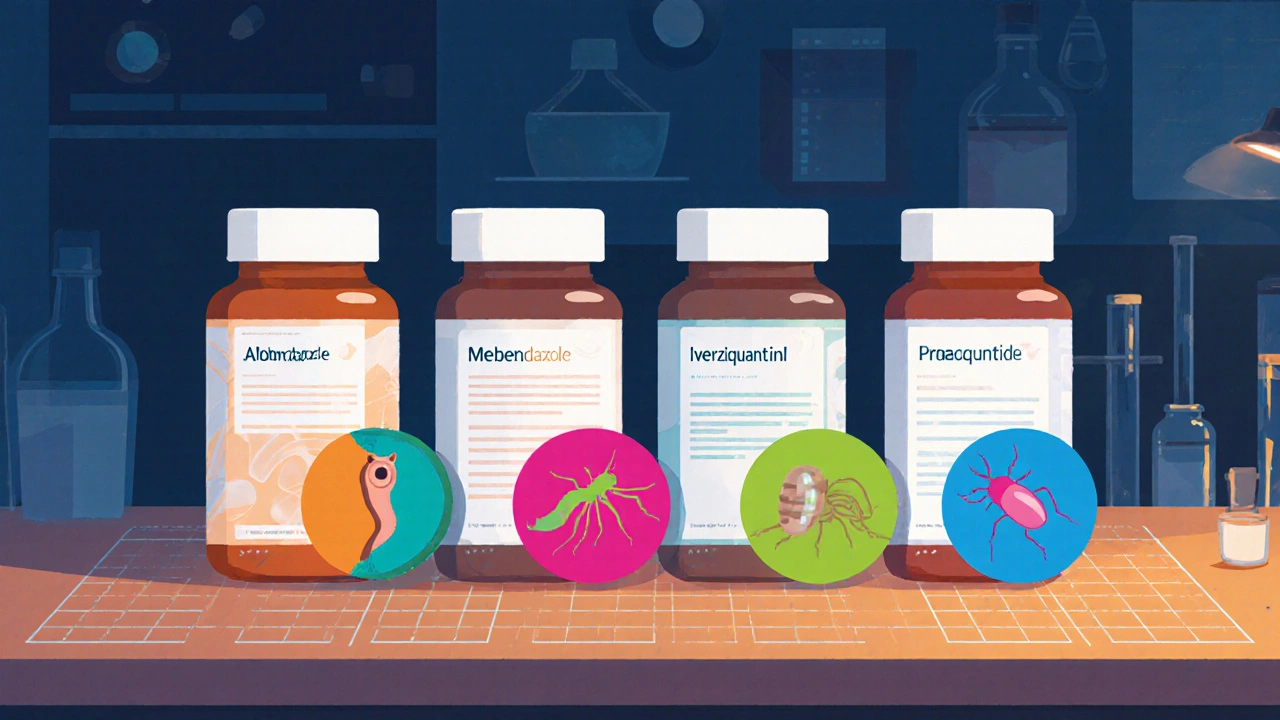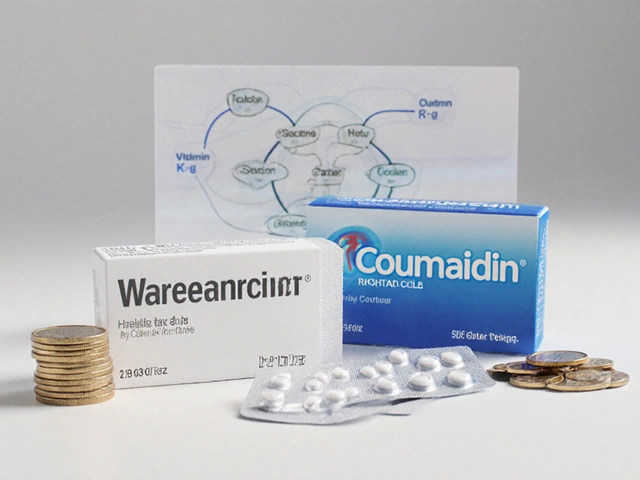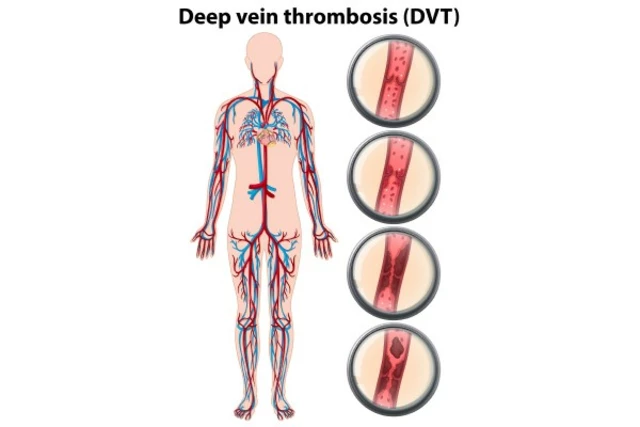Anthelmintic Selection Guide
Recommended Anthelmintic
When it comes to treating worm infections, Albendazole is often the first name that pops up. But is it always the best pick? Below you’ll find a side‑by‑side look at albendazole and the most common alternatives, so you can decide which drug matches your need without guessing.
What is Albendazole?
Albendazole is a broad‑spectrum anthelmintic medication approved for both human and veterinary use. First introduced in the early 1980s, it belongs to the benzimidazole class and works by disrupting the parasite’s energy production.
How Albendazole Works
The drug binds to the parasite’s tubulin proteins, preventing the formation of microtubules. Without functional microtubules, the worm can’t absorb glucose, leading to energy depletion and death. This mechanism makes it effective against a wide variety of helminths, from roundworms to tapeworms.
Common Uses and Dosage
- Intestinal roundworms (e.g., Ascaris lumbricoides) - 400mg single dose.
- Hookworm infections - 400mg single dose.
- Pinworm (Enterobius) - 400mg single dose, repeat after two weeks if needed.
- Neurocysticercosis (brain tapeworm) - 15mg/kg/day for 30days.
For children, the dose is weight‑based, and a pediatric formulation (200mg tablets) is available. Always follow the prescribing doctor’s instructions, especially for longer courses.
Safety and Side Effects
Most people tolerate albendazole well. The most frequently reported side effects are mild and include:
- Headache
- Nausea or abdominal discomfort
- Transient liver enzyme elevation (checked in long‑term treatment)
Serious adverse events-such as severe liver injury or bone‑marrow suppression-are rare but have been documented in prolonged high‑dose regimens. Pregnant women in the first trimester should avoid albendazole unless the benefits clearly outweigh the risks.

Main Alternatives Overview
While albendazole covers many parasites, a few other drugs sometimes outperform it for specific infections or patient groups.
Mebendazole
Mebendazole, another benzimidazole, shares a similar mechanism but is generally cheaper. It’s the go‑to for pinworm and common roundworm infections in many low‑resource settings.
Ivermectin
Ivermectin is a macrocyclic lactone. It shines against ectoparasites (like scabies) and filarial worms such as Onchocerca volvulus. Its oral single‑dose regimen (150-200µg/kg) makes it convenient for mass‑drug administration programs.
Praziquantel
Praziquantel is the drug of choice for schistosomiasis and most tapeworm infections. It rapidly induces paralysis in the parasite, allowing the host’s immune system to clear it. Typical adult dose is 40mg/kg, often given in two divided doses.
Nitazoxanide
Nitazoxanide is a thiazolide with activity against protozoa and some helminths. It’s especially useful for cryptosporidiosis and giardiasis, but also shows efficacy against certain intestinal worms when other options are limited.
Quick Comparison Table
| Drug | Spectrum of activity | Typical adult dose | Age limit | Cost (US$ per course) | Notable side effects |
|---|---|---|---|---|---|
| Albendazole | Broad - roundworms, hookworms, tapeworms, neurocysticercosis | 400mg single dose (or 15mg/kg/day 30days for neurocysticercosis) | 2years+ | ≈3‑5 | Transient liver enzyme rise, headache |
| Mebendazole | Roundworms, hookworms, pinworm | 100mg twice daily for 3days | 1year+ | ≈1‑2 | Abdominal pain, rare liver effects |
| Ivermectin | Filarial worms, scabies, strongyloidiasis | 200µg/kg single dose (repeat in 2weeks for strongyloidiasis) | 5years+ | ≈2‑4 | Dizziness, mild fever |
| Praziquantel | Schistosomes, tapeworms (Taenia, Hymenolepis) | 40mg/kg in 2 divided doses | 4years+ | ≈5‑7 | Headache, nausea, rare hepatic issues |
| Nitazoxanide | Protozoa, some intestinal nematodes | 500mg twice daily for 3days | 1year+ | ≈4‑6 | Metallic taste, mild GI upset |
How to Choose the Right Anthelmintic
Think of the decision as a checklist rather than a gamble. Ask yourself:
- Which parasite am I targeting? Species‑specific drugs (e.g., praziquantel for schistosomiasis) usually outperform broad‑spectrum options.
- What is the patient’s age and health status? Young children may need mebendazole; liver‑compromised patients should avoid prolonged albendazole courses.
- Is cost a barrier? In many low‑income regions, mebendazole or ivermectin are preferred because they’re cheaper and widely stocked.
- Do I need a single‑dose regimen? For mass‑treatment campaigns, ivermectin’s one‑time dose simplifies logistics.
- Are there co‑infections? Mixed infections (e.g., hookworm plus schistosomiasis) might call for a combination approach or a drug like albendazole that covers both.
When in doubt, consult a healthcare professional. They’ll weigh the parasite type, patient factors, and local drug availability to pick the safest, most effective option.
Frequently Asked Questions
Can I take albendazole and mebendazole together?
Generally there’s no benefit in combining them because they act the same way. Overlapping toxicity, especially on the liver, may increase risk. Use one drug as directed by a clinician.
Is ivermectin safe for pregnant women?
Ivermectin is classified as Category C in many regions. It should only be used during pregnancy if the potential benefit justifies the possible risk, typically after the first trimester and under medical supervision.
How long does it take for albendazole to work?
Most intestinal worms are expelled within 24‑48hours after a single dose. For tissue‑borne infections like neurocysticercosis, treatment may last weeks, and symptom improvement can be gradual.
What should I do if I miss a dose?
Take the missed dose as soon as you remember, unless it’s almost time for the next one. In that case, skip the missed dose and continue with the regular schedule-don’t double up.
Are there natural alternatives to these drugs?
Some herbs like garlic or pumpkin seeds have mild antiparasitic properties, but clinical evidence is limited. For confirmed infections, prescription anthelmintics remain the most reliable treatment.
Next Steps
If you suspect a worm infection, get a stool test or imaging as advised by a clinician. Once the parasite is identified, you can match it to the drug that offers the best efficacy, safety, and convenience-whether that’s albendazole, mebendazole, ivermectin, praziquantel, or nitazoxanide. Always follow the prescribed dosage and complete the full course to avoid resistance.






Mark French
October 4, 2025 at 13:39
Gotcha, thankz for the rundown.